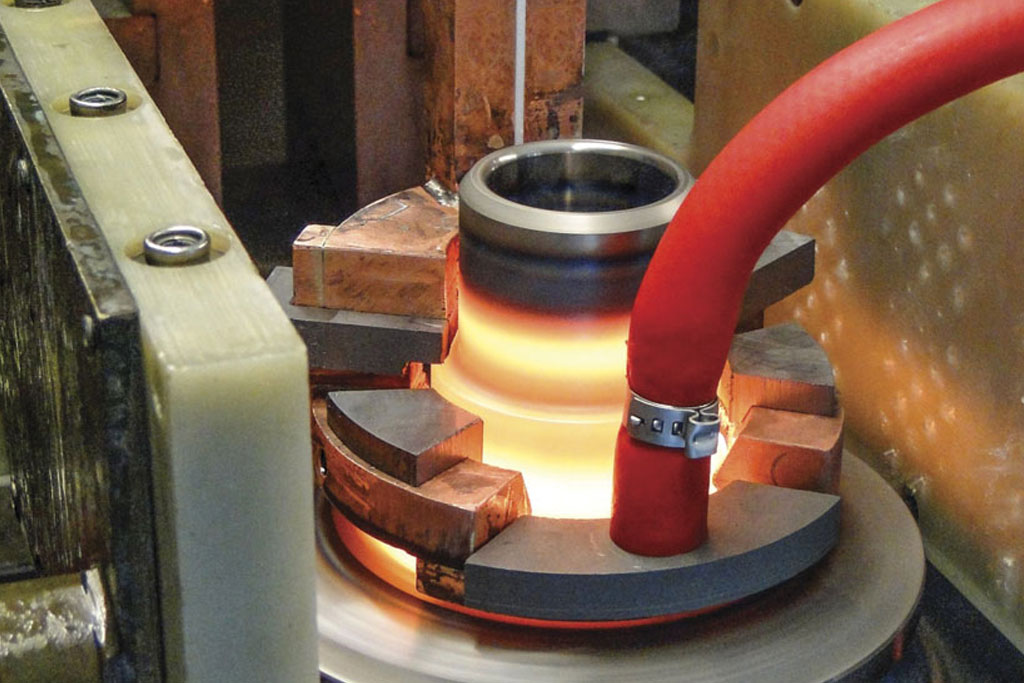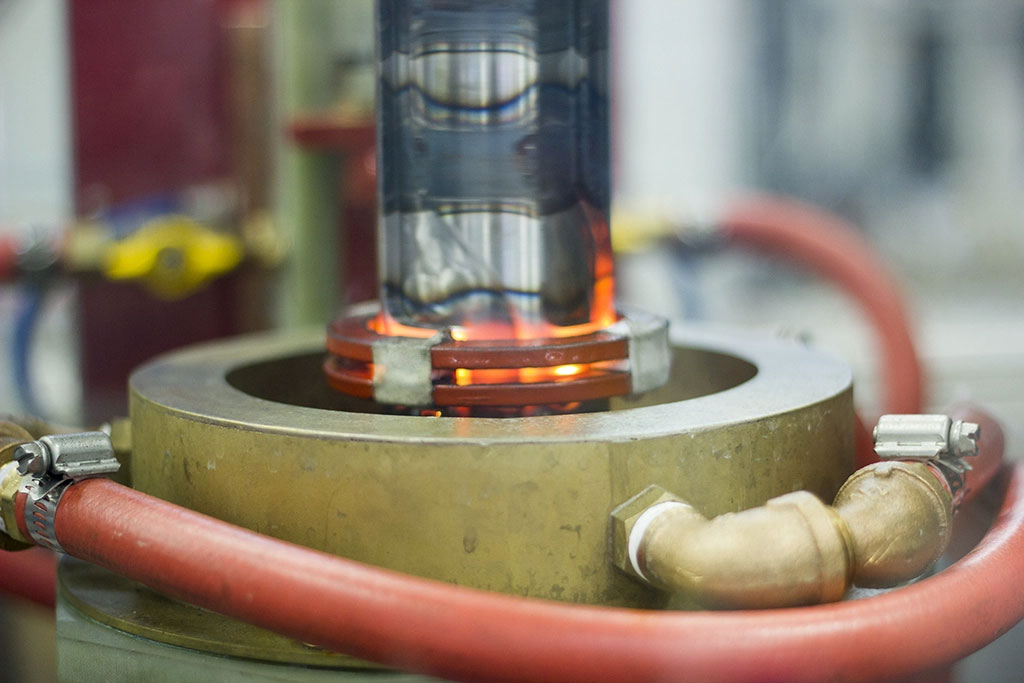The Importance of Proper Bearing Installation Techniques in Maintenance
Every maintenance department has a Hercules – someone who relies on brute force and strength to complete tasks. While this approach may be necessary at times, it can be detrimental to the proper installation of bearings. Over 90% of rotating equipment has defects at start up, and improper bearing installation is often to blame.
Excessive force applied during bearing installation can introduce defects that lead to premature equipment failure. Instead, using proper technique is essential. One effective method is to use an induction heater to gently heat up the bearing, automatically demagnetize it, and then slip it on. This approach avoids the use of a sledgehammer and ensures the bearing is installed correctly.
If Hercules were to do the job, the bearing and equipment would likely be doomed to failure from the moment of start-up. This would result in increased maintenance costs, increased risks, and increased equipment downtime. Therefore, it is crucial to prioritize proper bearing installation techniques in maintenance activities.
Negative Effects of Improper Bearing Installation Techniques
Improper techniques for bearing installation can have serious consequences on equipment performance and reliability. Here are some of the negative effects that can result from using improper methods:
- Increased equipment downtime: Bearings that are improperly installed are more likely to fail prematurely. This can result in unplanned downtime, which can be costly for businesses.
- Reduced equipment lifespan: Bearings that are subjected to excessive force during installation are more likely to develop defects that can shorten their lifespan. This can lead to costly repairs or even equipment replacement.
- Safety hazards: If bearings are not installed correctly, they can become loose and cause equipment to malfunction, leading to safety hazards for personnel working in the vicinity.
- Increased maintenance costs: Improper bearing installation can lead to additional maintenance costs. Bearings that fail prematurely due to improper installation will need to be replaced, which can be expensive.
- Reduced equipment efficiency: Bearings that are not installed correctly can cause equipment to operate less efficiently. This can lead to increased energy consumption and reduced productivity.
Overall, it is essential to use proper techniques for bearing installation to ensure optimal equipment performance and reliability. Failure to do so can have significant negative impacts on equipment lifespan, safety, and maintenance costs.
Induction Heater: The Ideal Solution
Induction heaters are an effective and efficient way to install bearings. They eliminate the risk of introducing defects into bearings during the installation process and provide several benefits over other methods. Using an induction heater reduces the risk of safety hazards, increases efficiency, and decreases the chance of bearing contamination or damage. In contrast to brute strength, oil baths, and blowtorches, induction heaters offer a safer and more controlled way to heat bearings for proper installation. By utilizing induction heating technology, bearings can be heated up to the optimal temperature quickly and efficiently, without causing damage or inducing defects. This results in a more reliable installation process, longer equipment lifespan, and reduced maintenance costs over time.
Advantages of Using Induction Heaters for Bearing Installation
Induction heaters offer several benefits over other methods for installing bearings. Here are some of the advantages of using induction heaters:
- Improved safety: Induction heaters are a safe way to heat bearings for installation. Unlike blowtorches or oil baths, there is no risk of fire or explosions.
- Increased efficiency: Induction heaters are fast and efficient. They can heat bearings up to the required temperature quickly and accurately, reducing the time needed for installation.
- Reduced risk of damage: Induction heaters provide a controlled heating process, which reduces the risk of damage to bearings. This can lead to longer equipment lifespan and reduced maintenance costs.
- Increased reliability: Bearings that are installed using an induction heater are less likely to fail prematurely. This results in increased equipment reliability and reduced downtime.
- Environmentally friendly: Induction heaters do not produce any harmful emissions or waste, making them an environmentally friendly option for bearing installation.
Overall, using an induction heater for bearing installation provides a safer, more efficient, and more reliable method than other techniques. With reduced risk of damage, increased equipment reliability, and decreased maintenance costs, induction heaters are a smart investment for any business that relies on rotating equipment.
Conclusion
GM Industries is a leading manufacturer and supplier of industrial induction heaters for bearing installation. Our induction heaters are designed to provide a safe, efficient, and reliable method for heating bearings during installation. With years of experience in the industry, we have developed a reputation for producing high-quality induction heaters that meet the needs of our customers. Our induction heaters are used by businesses of all sizes and industries, and we offer a range of products to suit any application. Whether you are looking for a small, portable induction heater or a larger, industrial-grade unit, GM Industries has you covered. Contact us today to learn more about our induction heaters and how we can help improve the reliability and efficiency of your equipment.

